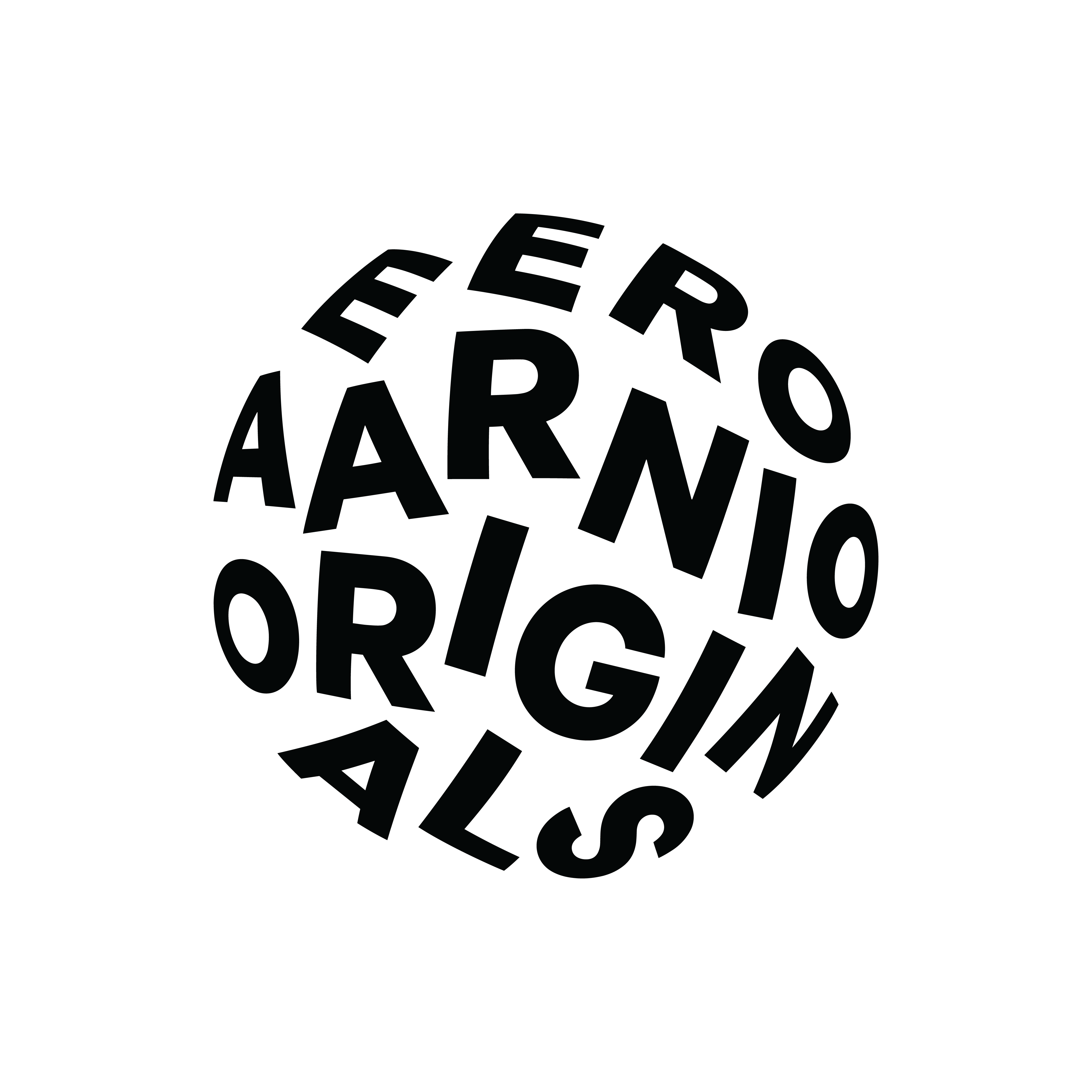Eero's story 2025
Since Eero Aarnio was 6 years old, he has had a pencil in his hand. Growing up in a working-class family, visualization and using one’s hands was part of the everyday life. Raised in Kallio in Helsinki, one of the most influential places for him was the Kallio library. Eero remembers the local library opening his mind to the big world, and he spent hours watching the documented Life-magazine.
The designer’s childhood was however overshadowed by the World War 2, which one could argue, made him a fearless character. Kallio was one of the most bombarded districts of Helsinki, and Eero heard the bombs whistling, wondering how close they were going to hit this time. All of the windows inside the city had to be covered to prevent the bombers from seeing the city lights. Opening the drapes after one particularly hard night, the Aarnio family noticed that all the windows had broken in. A bomb had hit the nearby park. Reflecting back to that time now, everything that seems to be hard nowadays, feels very small compared to the experiences he had during the war. Eero learned how to not only deal with uncertainty later in his life, but how to embrace it.

As a young adult Eero became a trainee in the office of the architect Heikki Sysimetsä. Later it turned out to be the decisive moment for the successful career of this immensely curious designer to be. It was in Sysimetsä’s office, where he got encouraged to apply to study interior architecture. Taking the advice, Eero received full marks on the entrance test to the Institute of Industrial Arts at the Ateneum in Helsinki and was accepted to study interior architecture as the best applicant of his group.
During his studies Eero worked for two renowned Finnish designers, Ilmari Tapiovaara and Antti Nurmesniemi. From them Eero especially learned discipline and how to stick to deadlines. He remembers vividly how they prepared works for competitions, rushing to the airport by taxi during the final hours of the day to receive the stamp for shipping in time. Most of the competition pieces were finalized and packed in the car at the airport.
After graduating he applied to work as a designer at the Asko furniture factory in Lahti, South Finland. After nearly two years Eero decided to pursue his career as a freelancer and returned to Helsinki. Even though his time as an in-house designer for Asko was short, watching the carpenters and joiners Eero had learned how to make his own furniture. After all, he had always wanted to work for himself.

His first own competition entry was to the Italian Cantú furniture design competition in 1959. Eero remembers how he was creating the pieces in a small architect unit in Laajasalo, when his wife Pirkko went into labour. The water broke in the office and the small family of soon to be three rushed to the hospital. After a long night, their first daughter was born the next day. Eero finished the competition entry, comprised of hallway furniture, racks and seats. He placed third. Later on, in 1964, he won the first prize in the same competition with an office furniture collection of round plywood chairs with luxurious leather cushions. The collection was taken to production by an Italian furniture firm, Cassina.
The first work seen in the international media by Eero Aarnio was the rattan Mushroom stool made by the Sokeva crafts organization and presented at the Cologne Furniture Fair in 1962. Since Eero had already gained momentum for himself through success at the Cantú furniture design competition, he travelled to Italy to establish contacts and work for Cassina. The whole family would jump in their Fiat 600 and drive all the way from Finland to Italy. The Italians thought the Aarnio’s were mad, but the family loved travelling.
Back in Helsinki, their home had become a small product development laboratory where Eero experimented with new composite materials. Emerging technologies and materials strongly intrigued him. The aesthetics of fiberglass boats and the white reinforced plastic surfaces were very appealing to Eero, and he started to wonder… What if? In 1966 the Ball Chair made its debut at the Cologne Furniture Fair. After the fair the New York Times wrote about his Ball Chair, followed by other international media. The international attention skyrocketed, and this innovative piece was featured all over the world. Eero new that the journey of a lifetime had begun.

From the beginning Eero had remarkable drawing skills and ability to perceive form but he was also very interested in other disciplines, such as photography and graphic design. He carried out styling and photography from the start in the 1960s in Pietinen studio in Lauttasaari, and later on oversaw closely all product photoshoots. Throughout the years he has also studied the ergonomics of sitting. Eero has always gone about designing with a very distinctive Finnish approach, functionality as the first aim. Even after he was praised as a space-aged designer, style never overcame substance in his work. Visuality and functionality went hand in hand.
One of the most significant talents of this iconic designer is the ability to give objects an expression and character. Eero has introduced a world of playful figures that speak their own language. Creating form that can stand the test of time is his expertise, a skill not possessed by many. Acting according to his intuition he has never been afraid to break boundaries and take risks. One of the major keys behind Eero’s success is his bold personality and desire to innovate. Decades later he is still intrigued by experimenting with new materials. “A new material gives a new form”, he says, seeing immense possibilities. Eero Aarnio’s design does not come from outer, external influences. What is relevant for him is the inner world and imagination.

